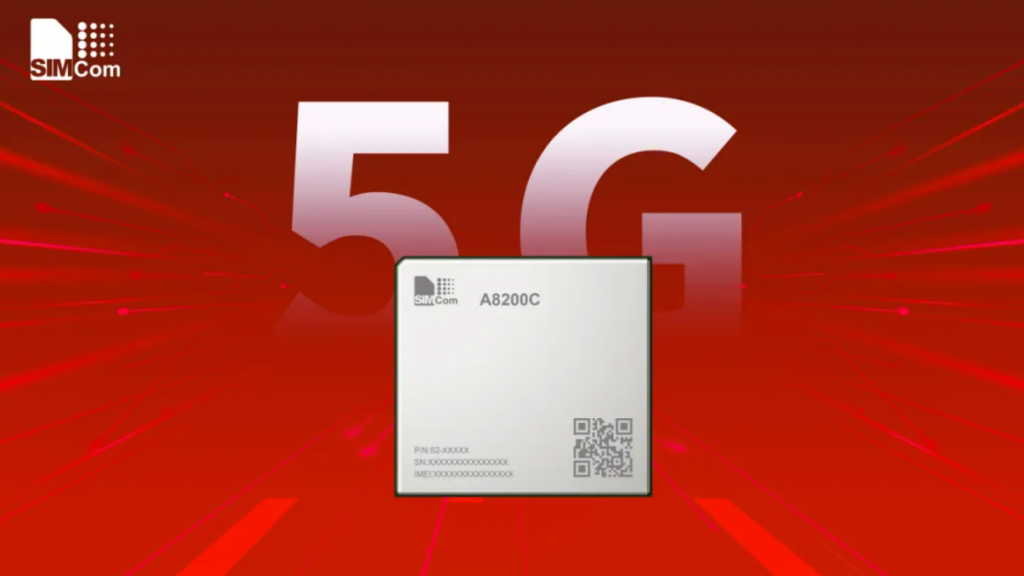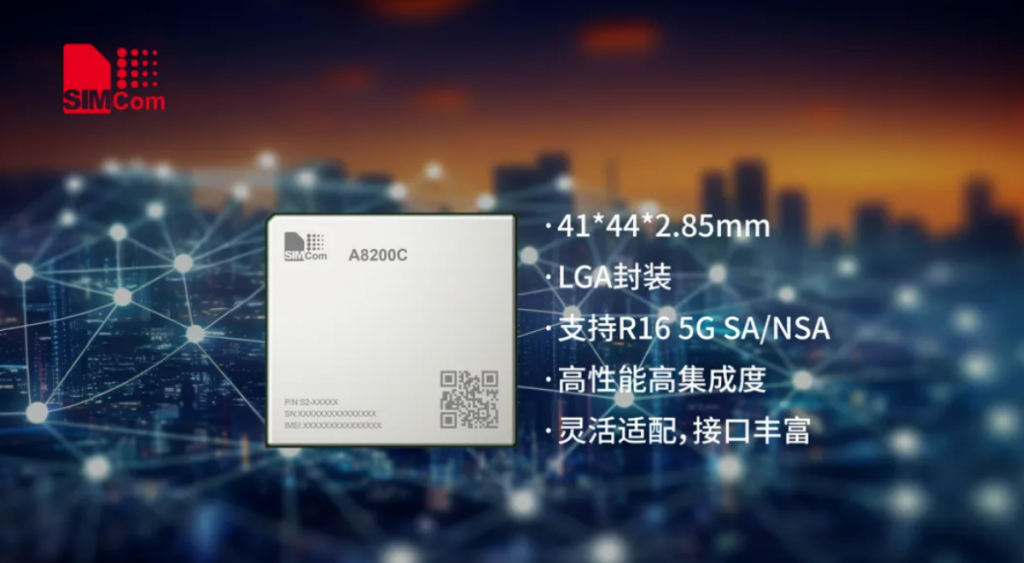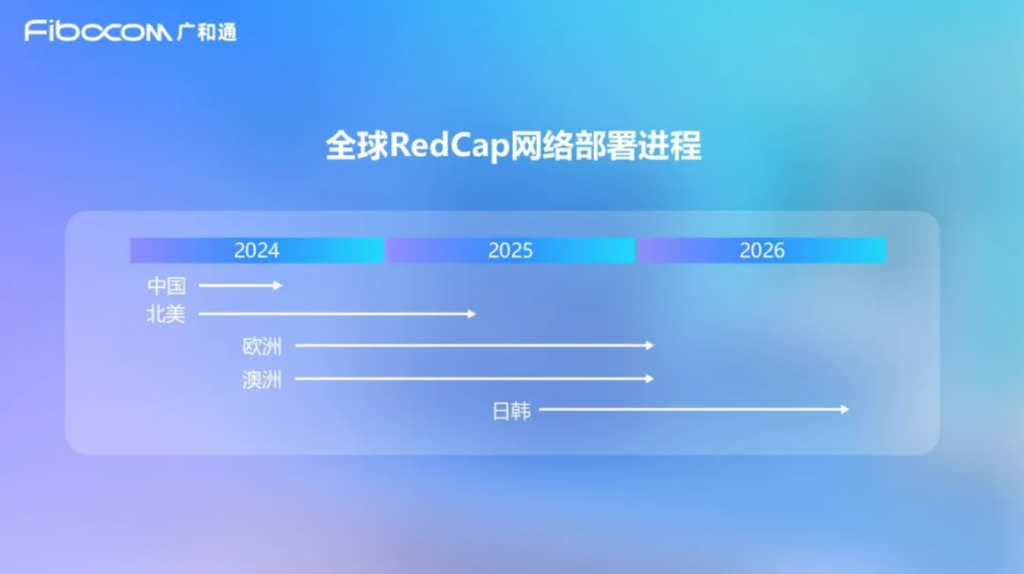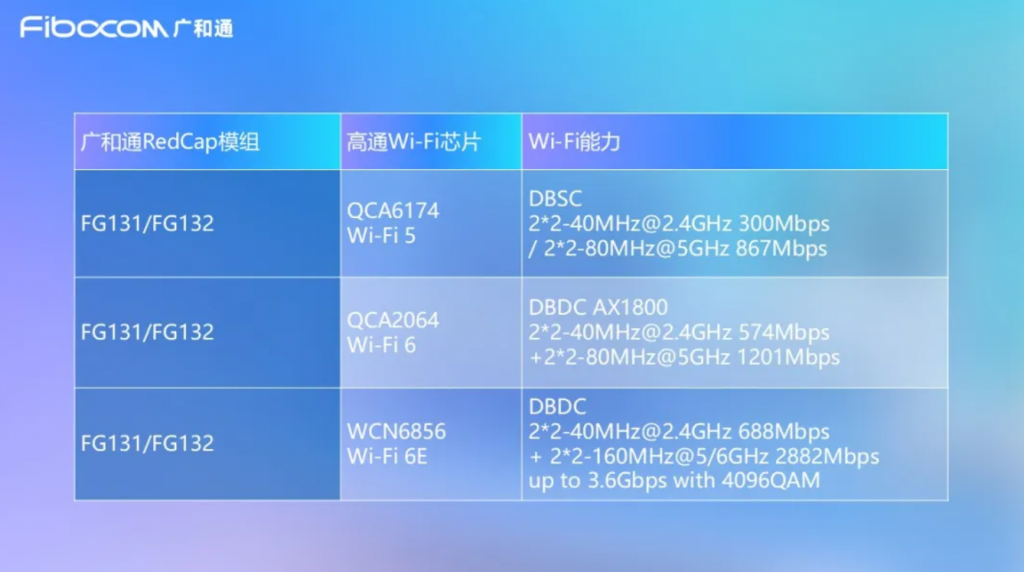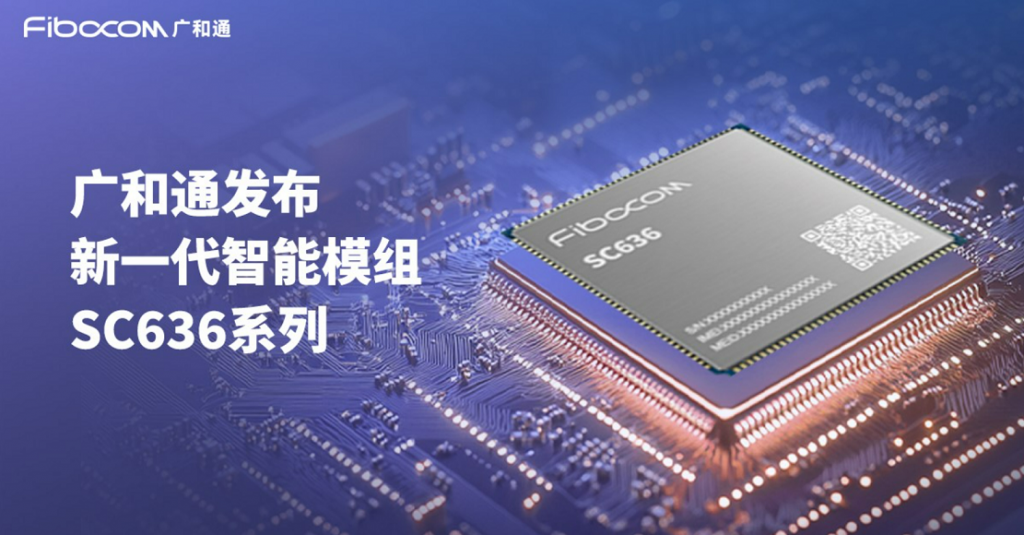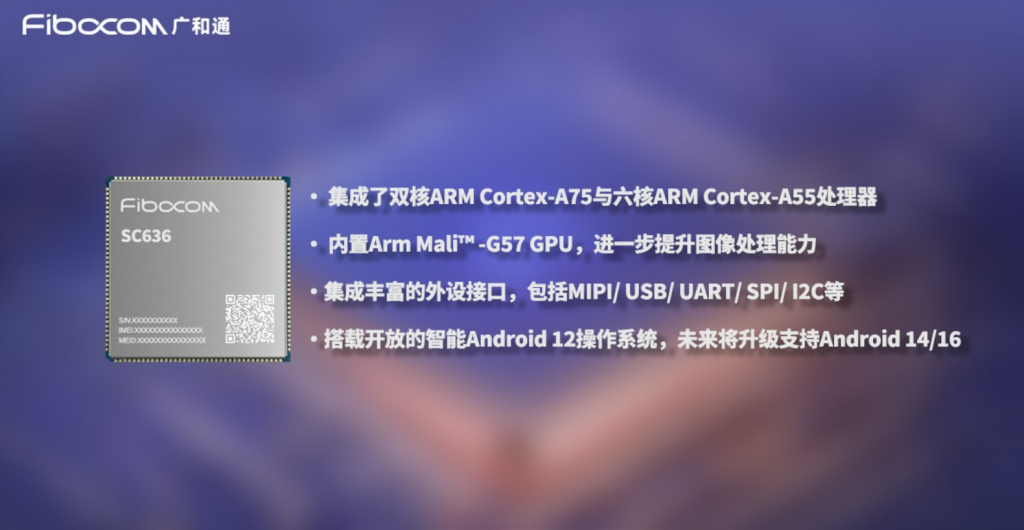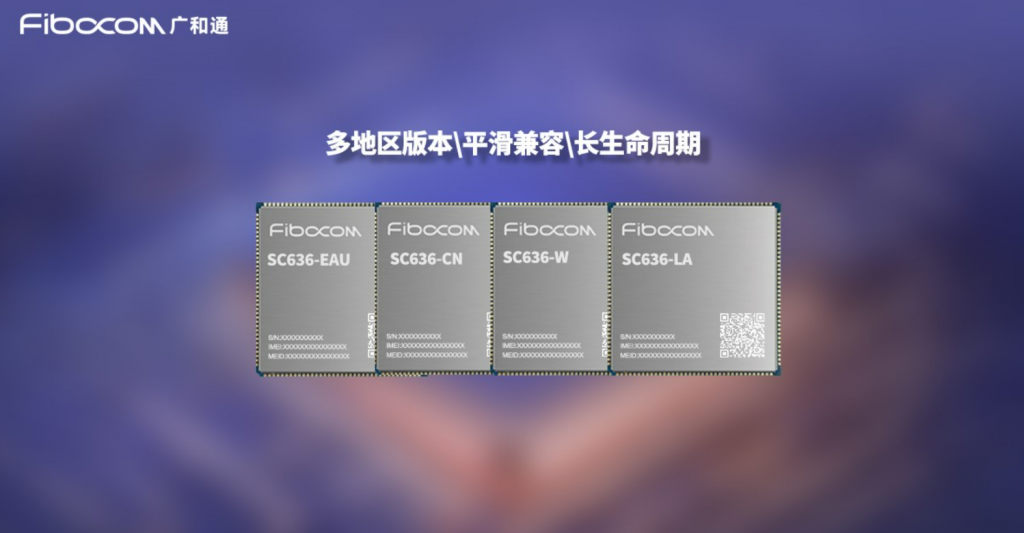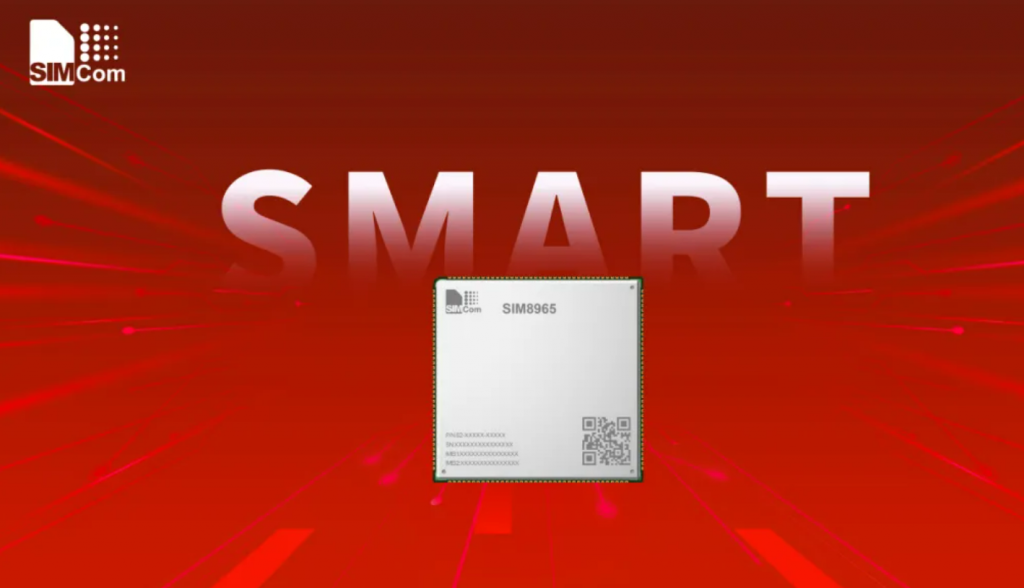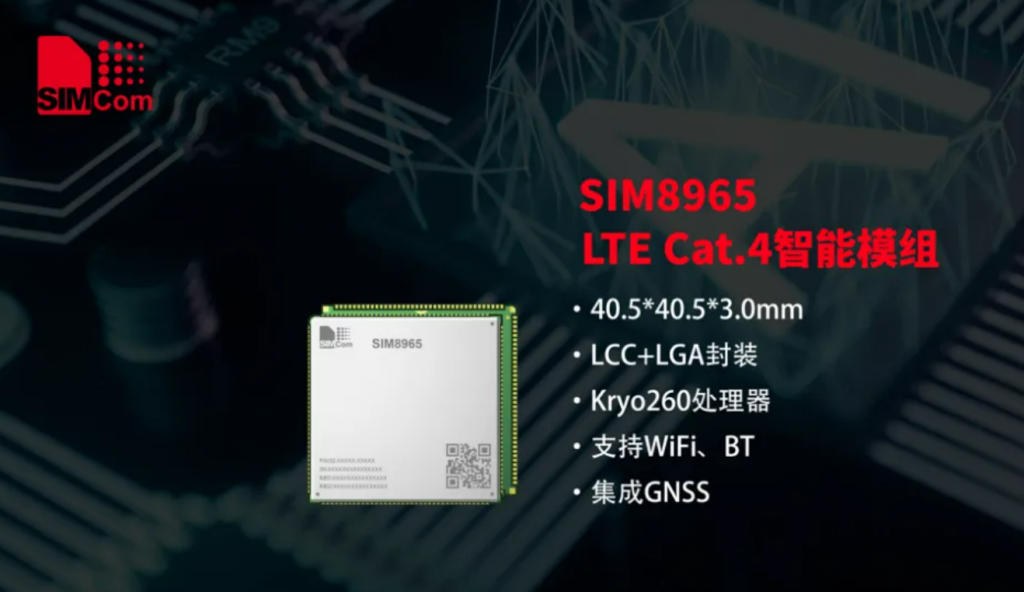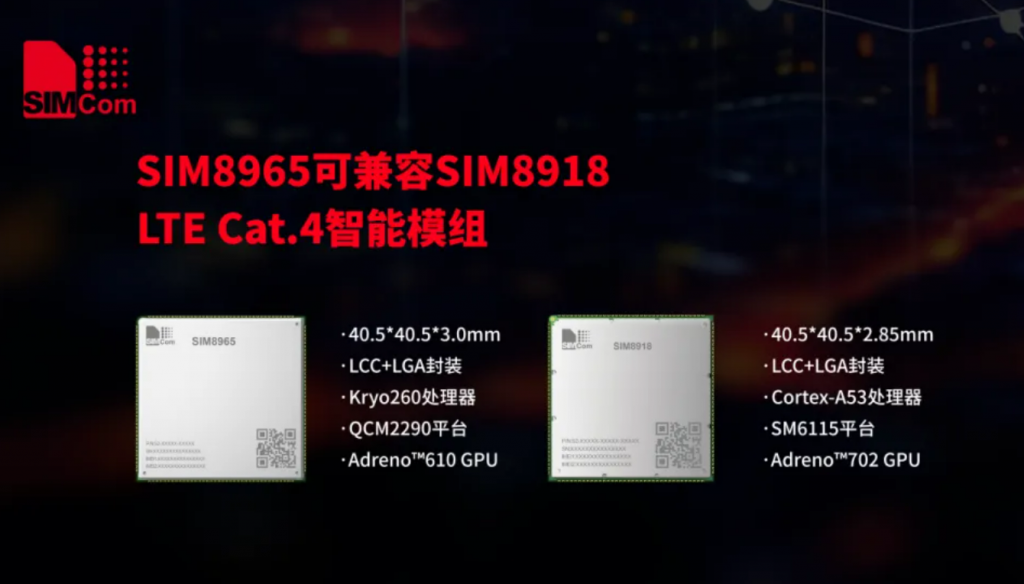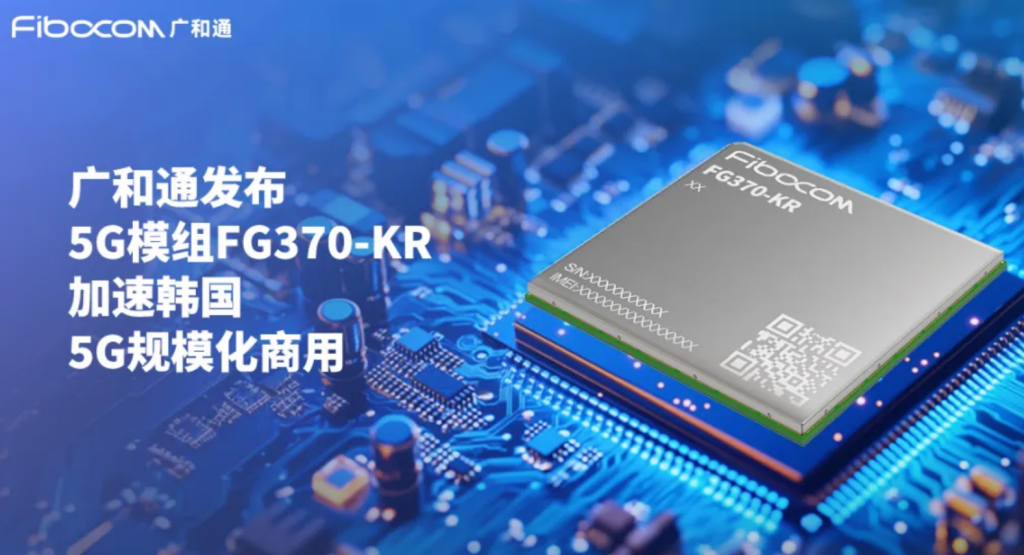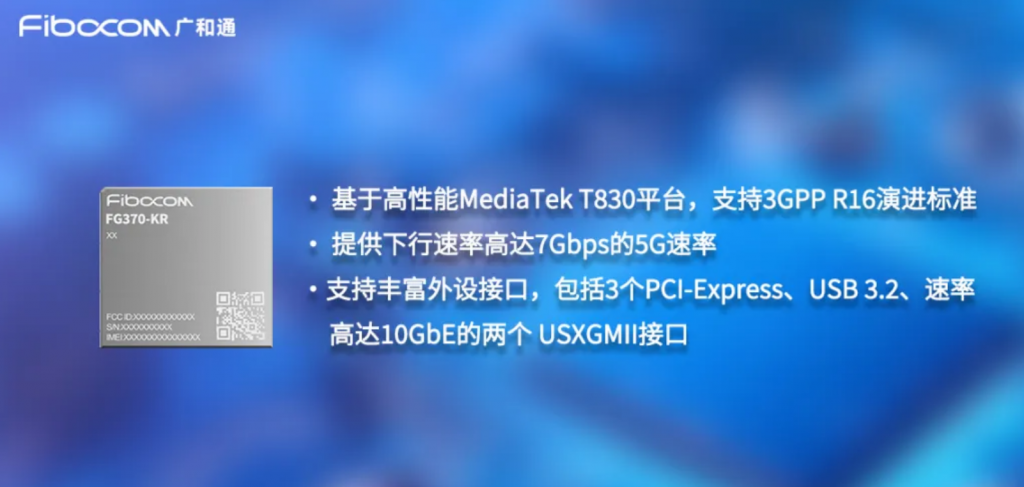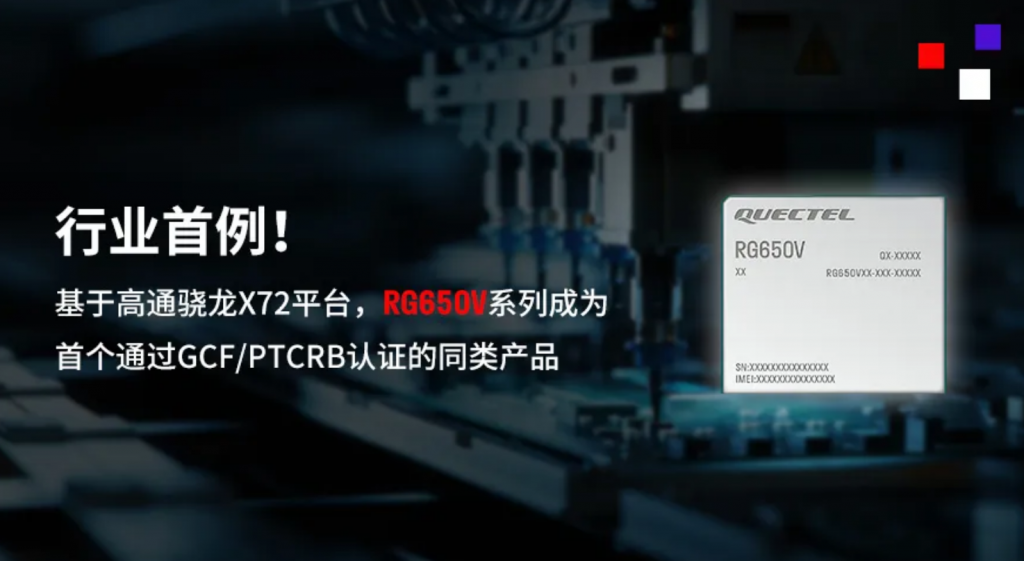The Huawei 5G CPE 5 H155-381 is a cutting-edge consumer premise equipment (CPE) designed to provide high-speed internet access using 5G technology. As part of Huawei’s commitment to revolutionizing connectivity, this device delivers superior performance, high reliability, and advanced features tailored to meet the demands of modern households and small businesses.

Design and Build Quality
The Huawei 5G CPE 5 H155-381 boasts a sleek, compact design, making it ideal for home or office use. Its minimalistic white exterior blends seamlessly with any modern interior, while the compact form factor ensures that it doesn’t take up much space, allowing for flexible placement options. It also features an intuitive setup process, making it easy to get started without requiring technical expertise.
5G Connectivity
One of the standout features of the Huawei 5G CPE is its support for 5G networks. It is designed to take full advantage of the ultra-fast speeds and low latency offered by 5G technology. Users can experience download speeds of up to 3.6Gbps and upload speeds of up to 500Mbps, ensuring smooth streaming, gaming, and high-speed browsing, even with multiple devices connected simultaneously. The device supports both NSA (Non-Standalone) and SA (Standalone) modes, making it highly future-proof as 5G networks continue to evolve.

Wi-Fi and Coverage
In addition to 5G connectivity, the Huawei 5G CPE 5 H155-381 provides reliable Wi-Fi coverage, ensuring that users can connect multiple devices without compromising performance. It supports Wi-Fi 6 (802.11ax), which offers faster speeds, better coverage, and improved efficiency compared to older Wi-Fi standards. This allows for seamless video calls, online gaming, and more, all without interruptions or latency issues.
The 5G Indoor WiFi Router is equipped with multiple antennas that help extend coverage and improve signal strength, even in larger homes or offices. With advanced beamforming technology, the CPE ensures that the signal is directed toward connected devices, further optimizing network performance.

Security and Management
The Huawei 5G CPE 5 H155-381 comes with robust security features, including WPA3 encryption, to ensure that users’ data and connections are kept safe from potential threats. Additionally, the device offers comprehensive management options through the Huawei Smart Home app, allowing users to monitor and control their network remotely. The app allows easy customization of settings, including network configurations, device prioritization, and parental controls.
Conclusion
The Huawei 5G CPE 5 H155-381 is an exceptional choice for anyone looking to take full advantage of 5G technology at home or in a small office. With its lightning-fast speeds, advanced Wi-Fi capabilities, and secure connectivity, it provides a reliable solution for the growing demand for high-speed internet in the 5G era. Whether you’re working from home, streaming ultra-high-definition content, or gaming online, this device is designed to deliver an exceptional experience.







